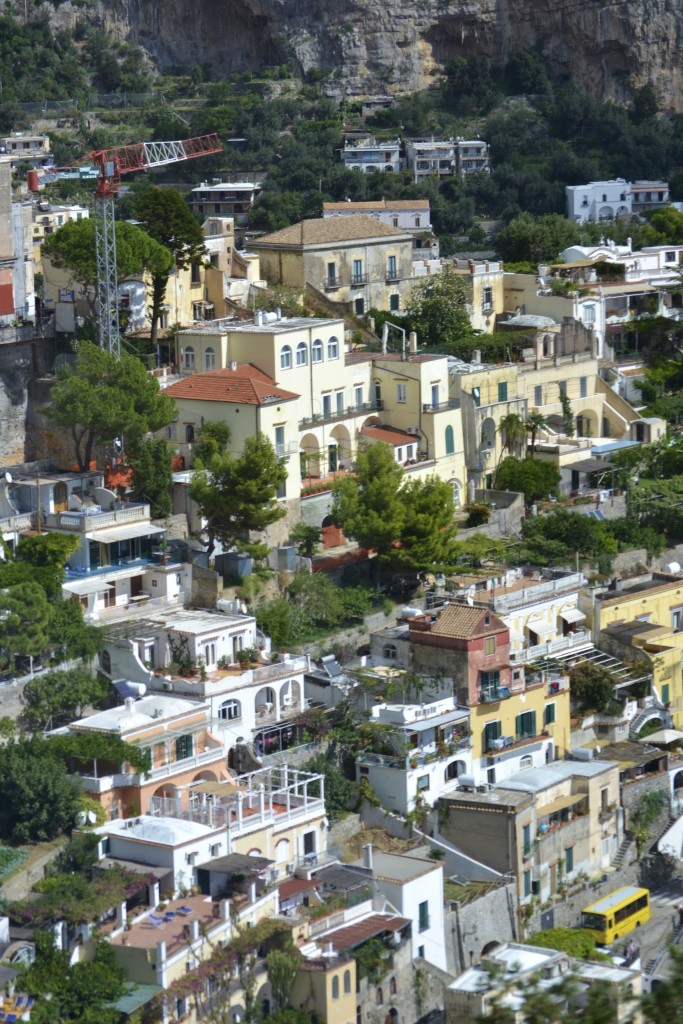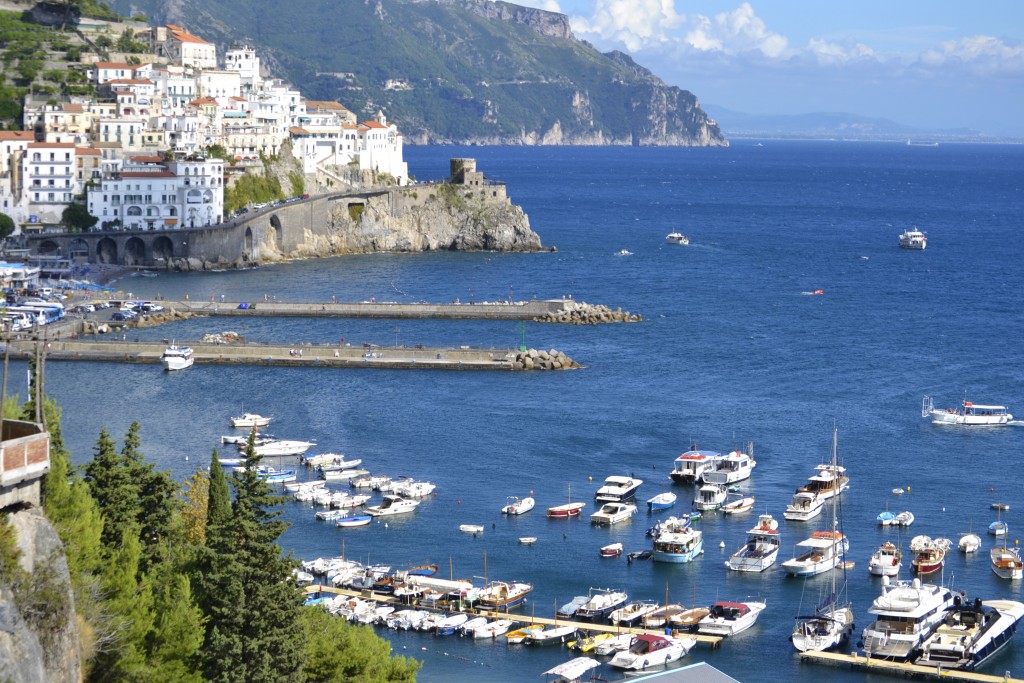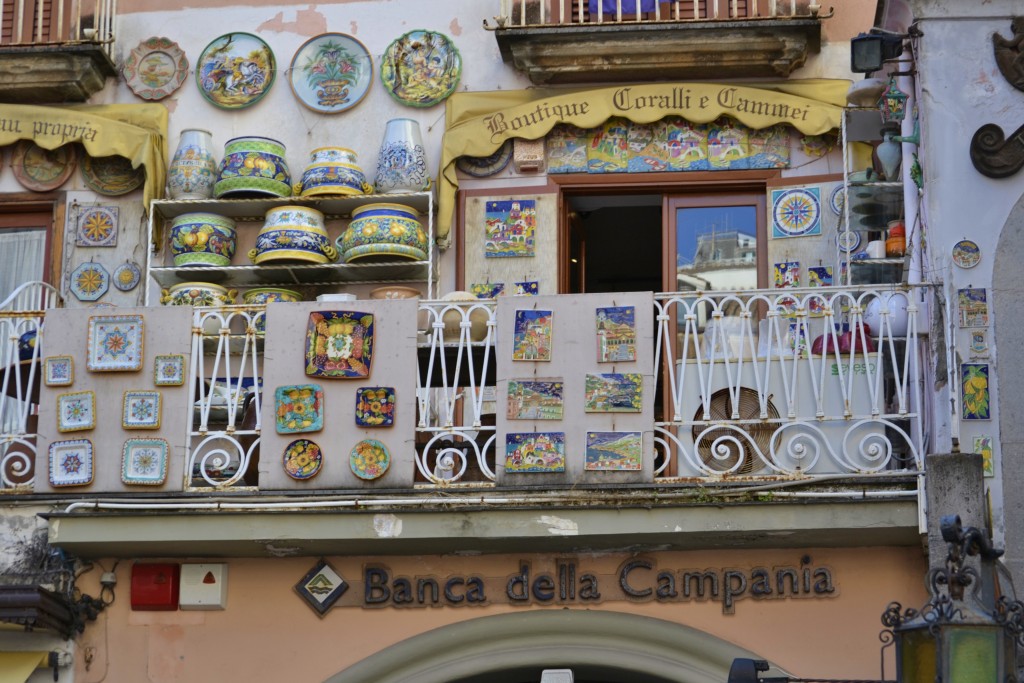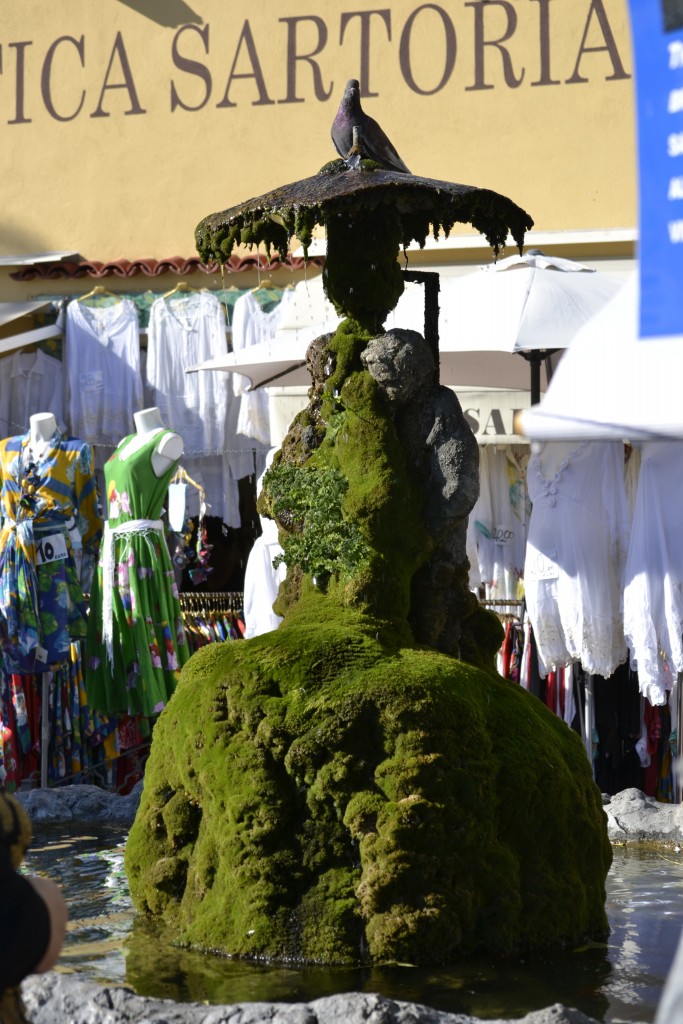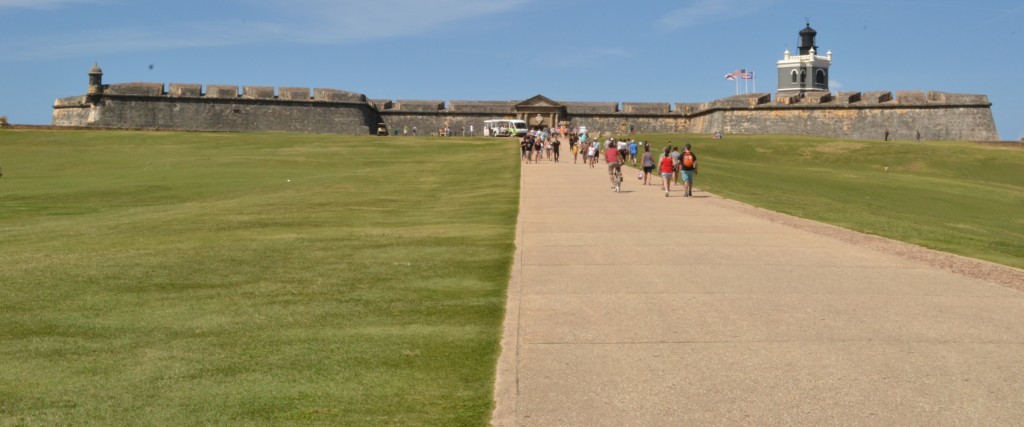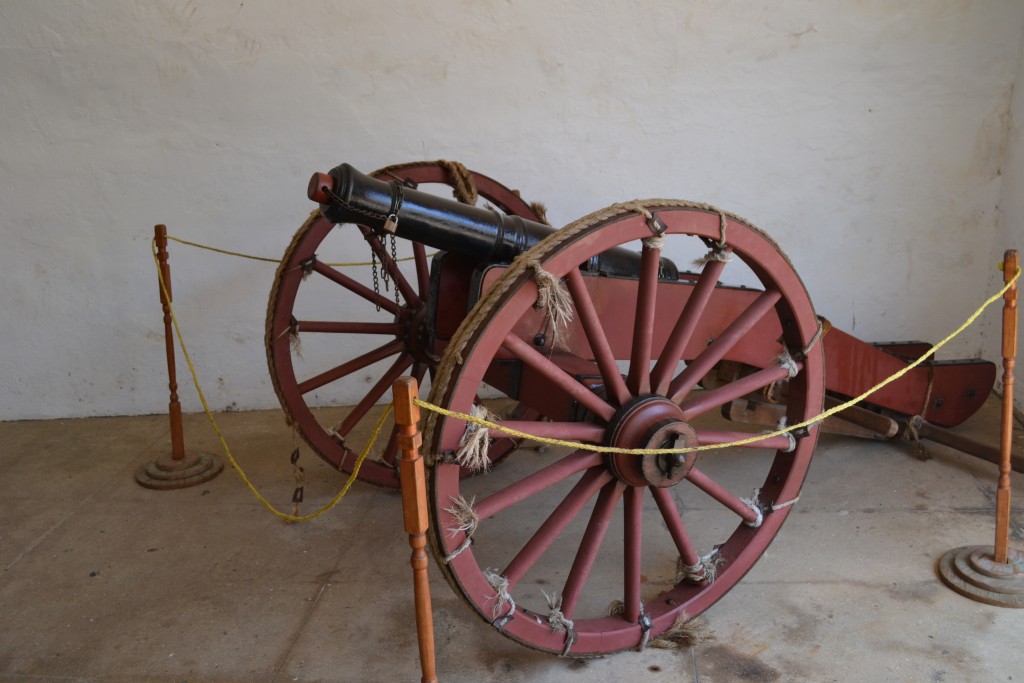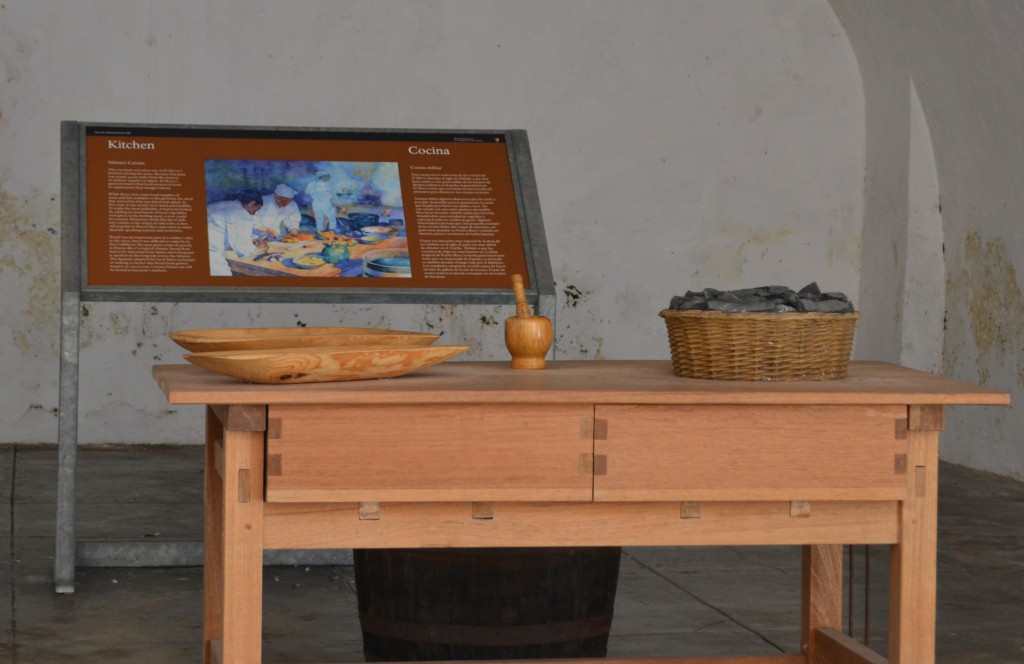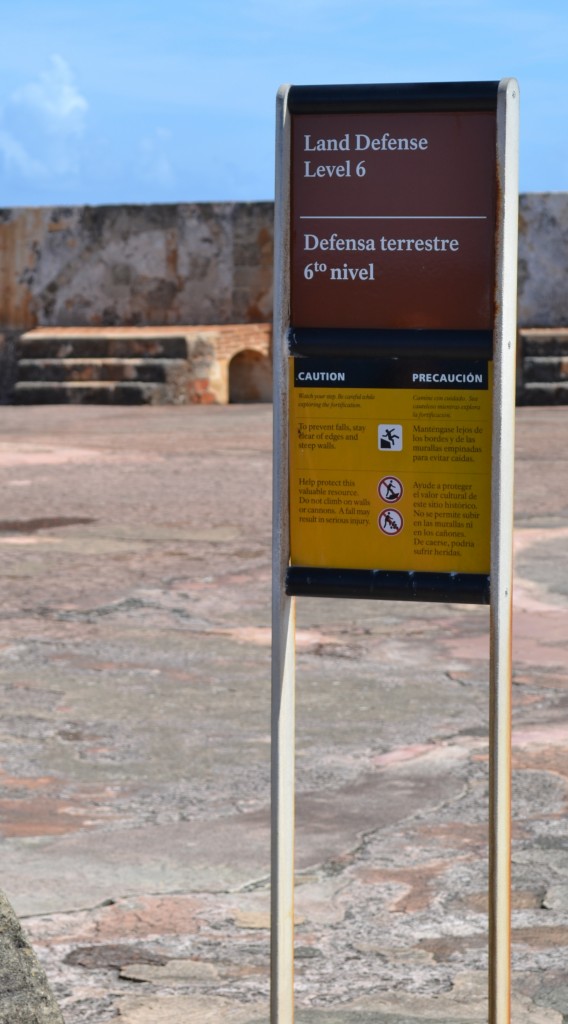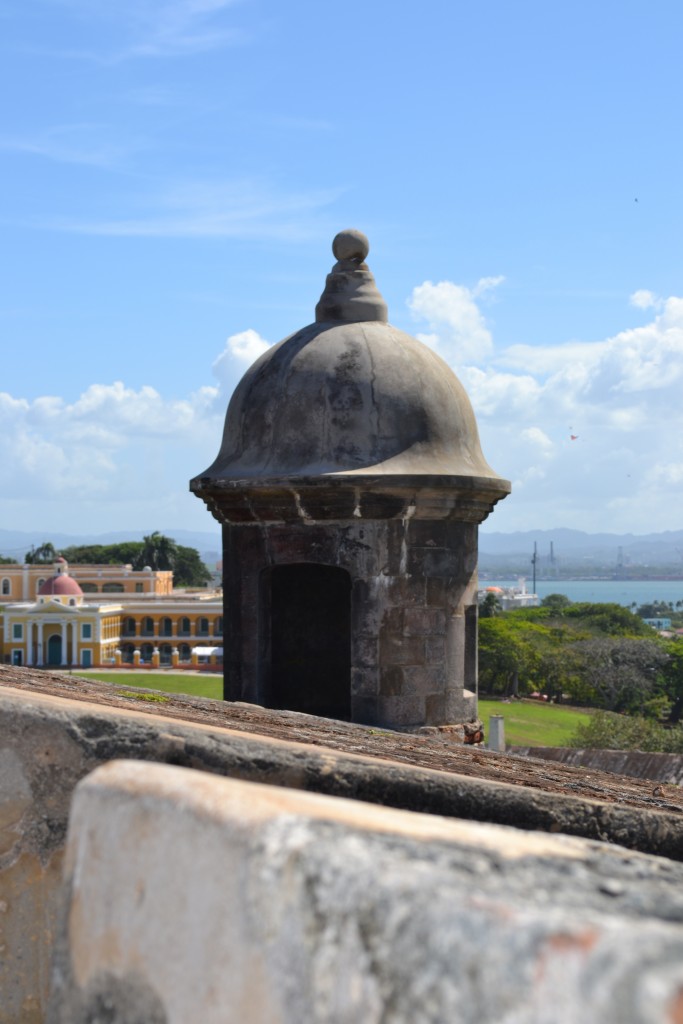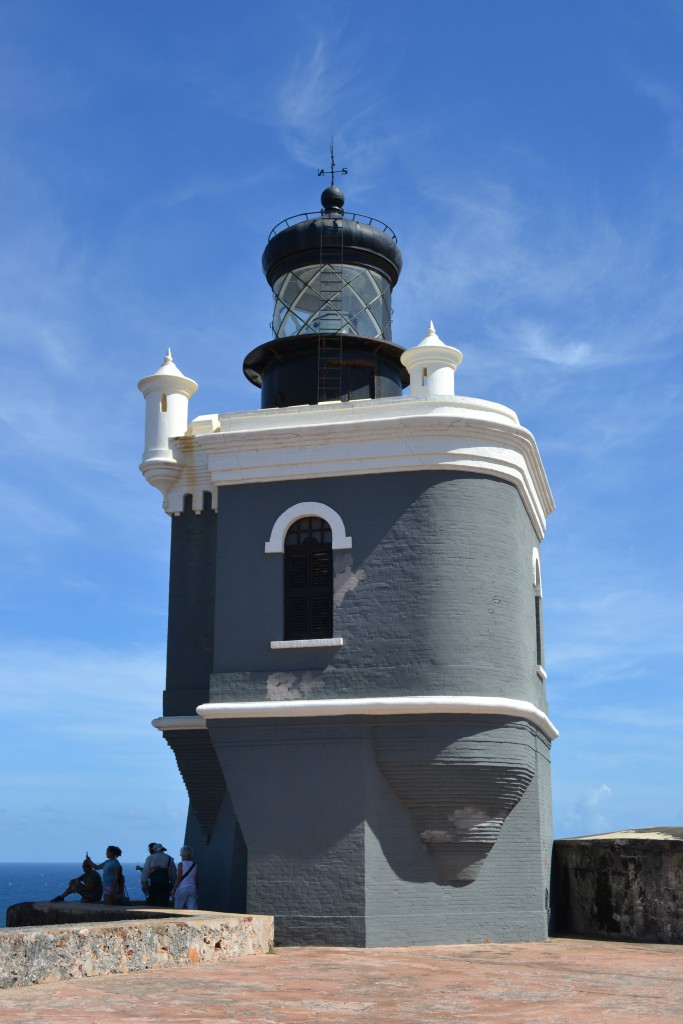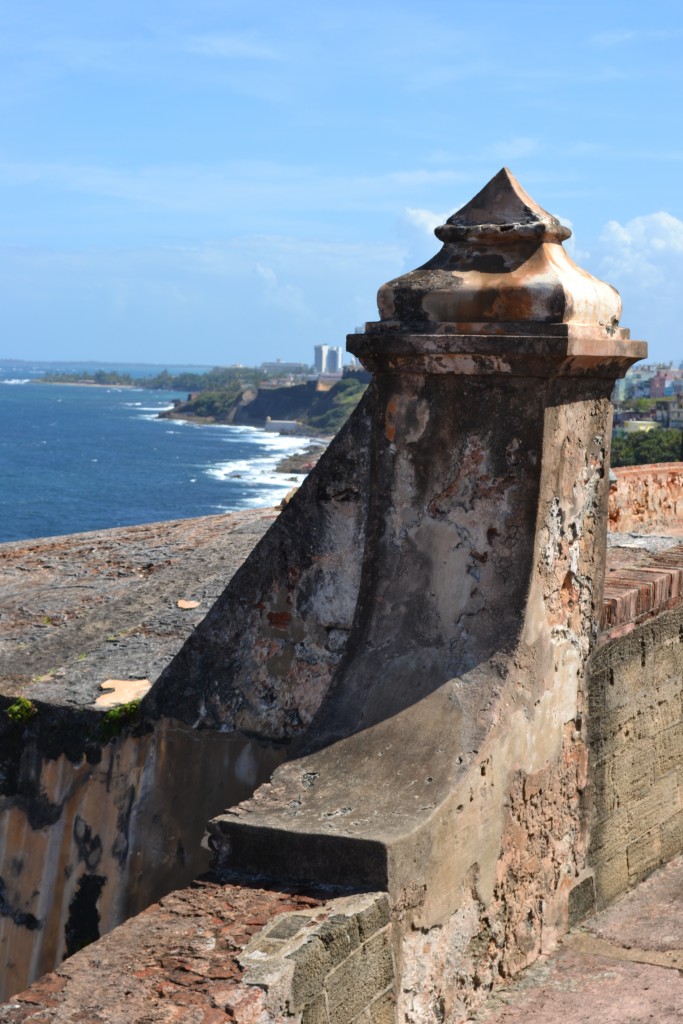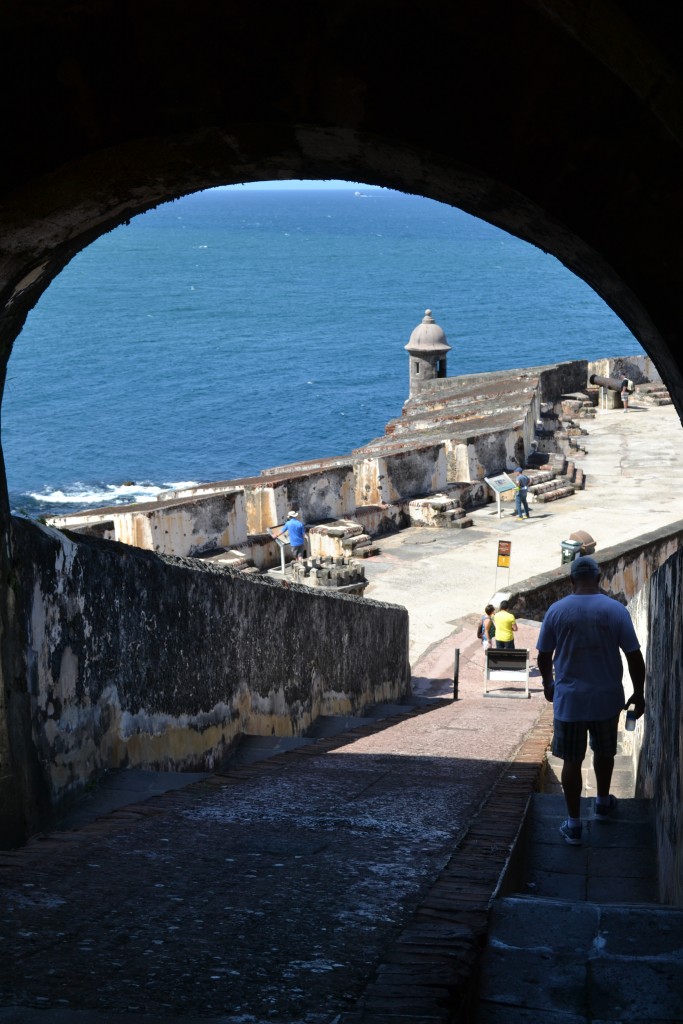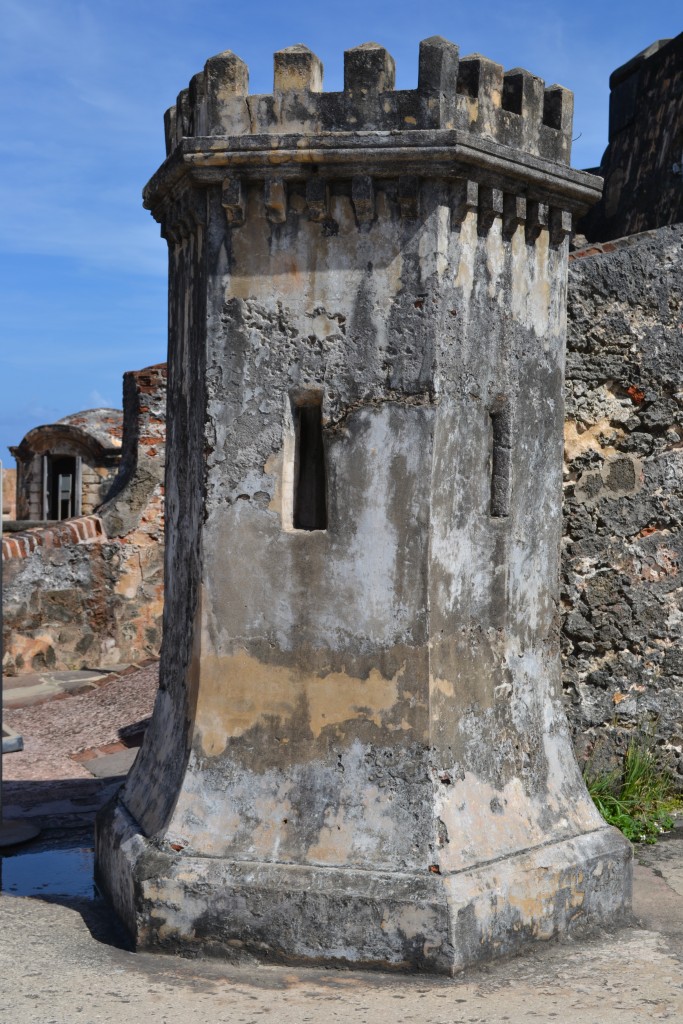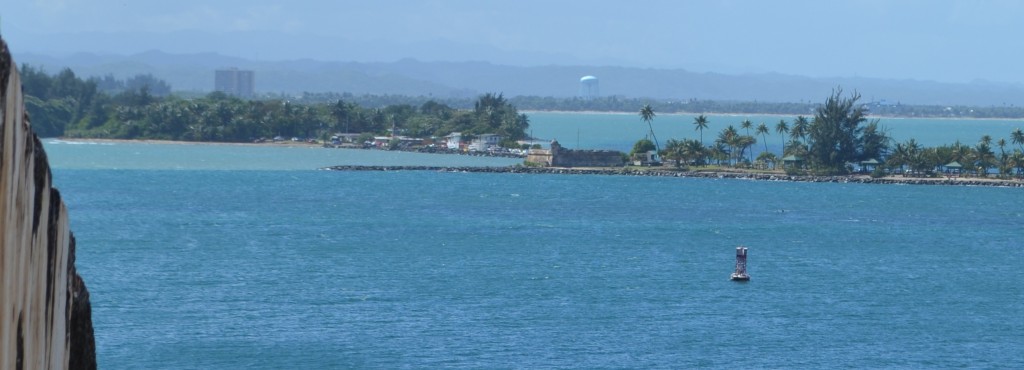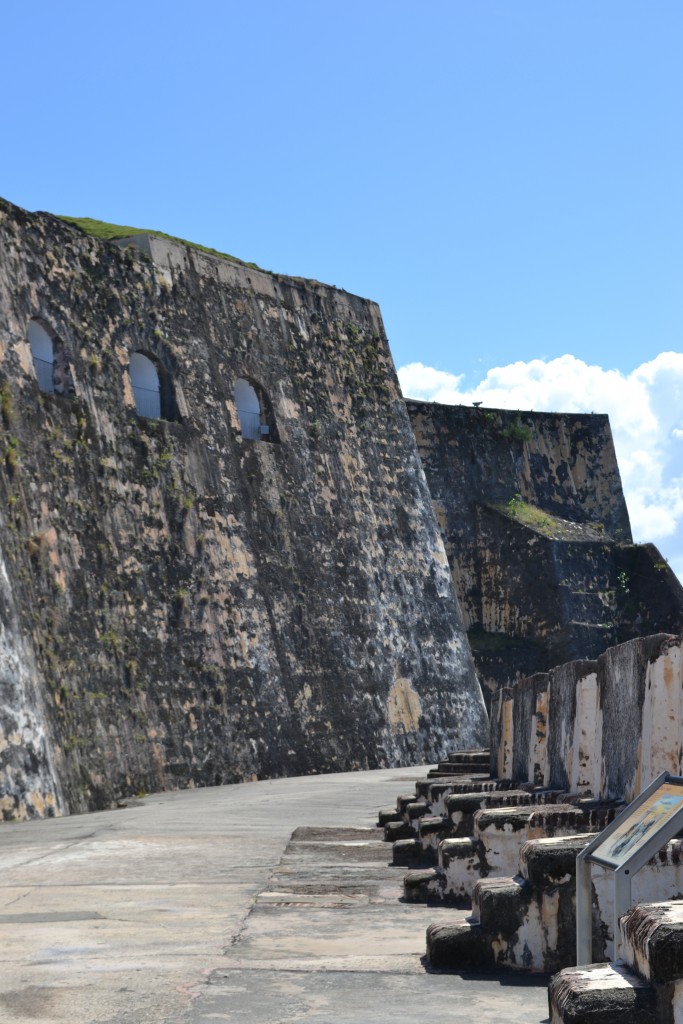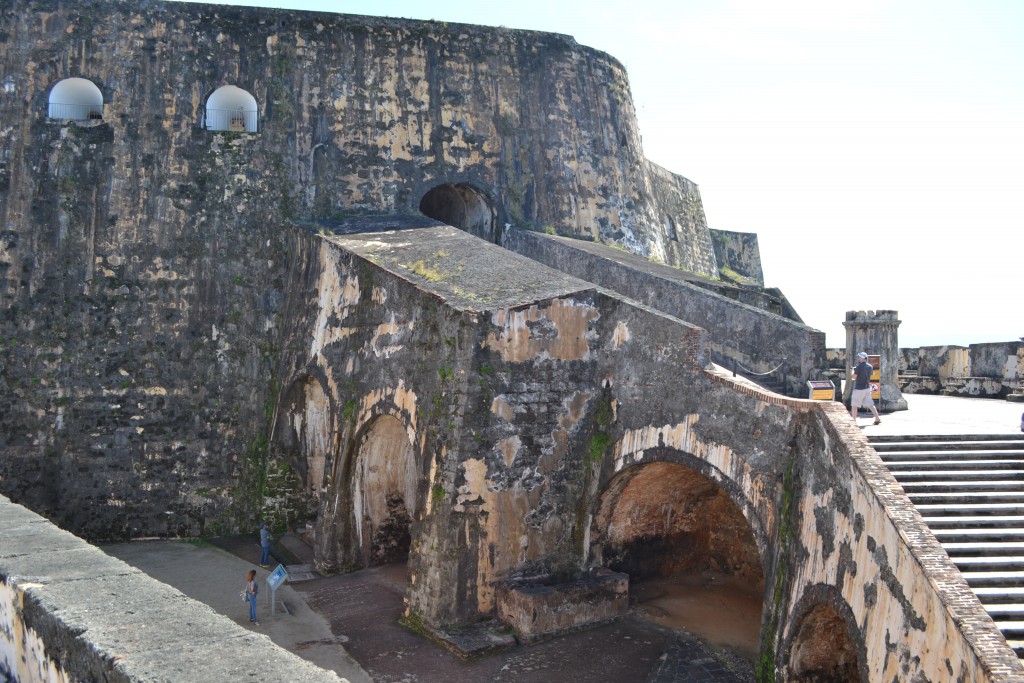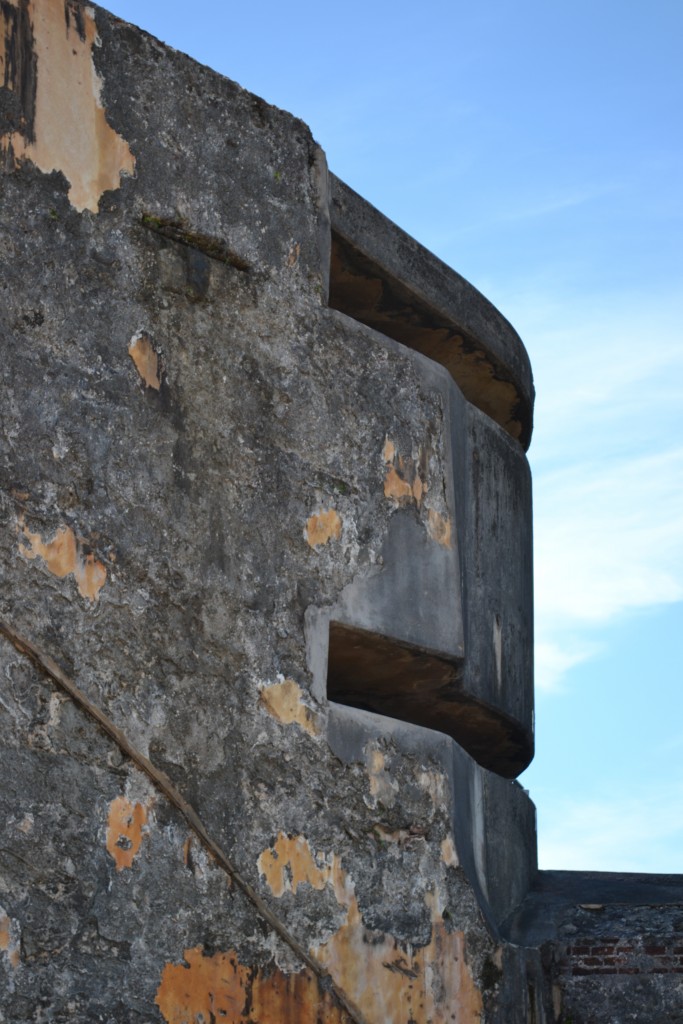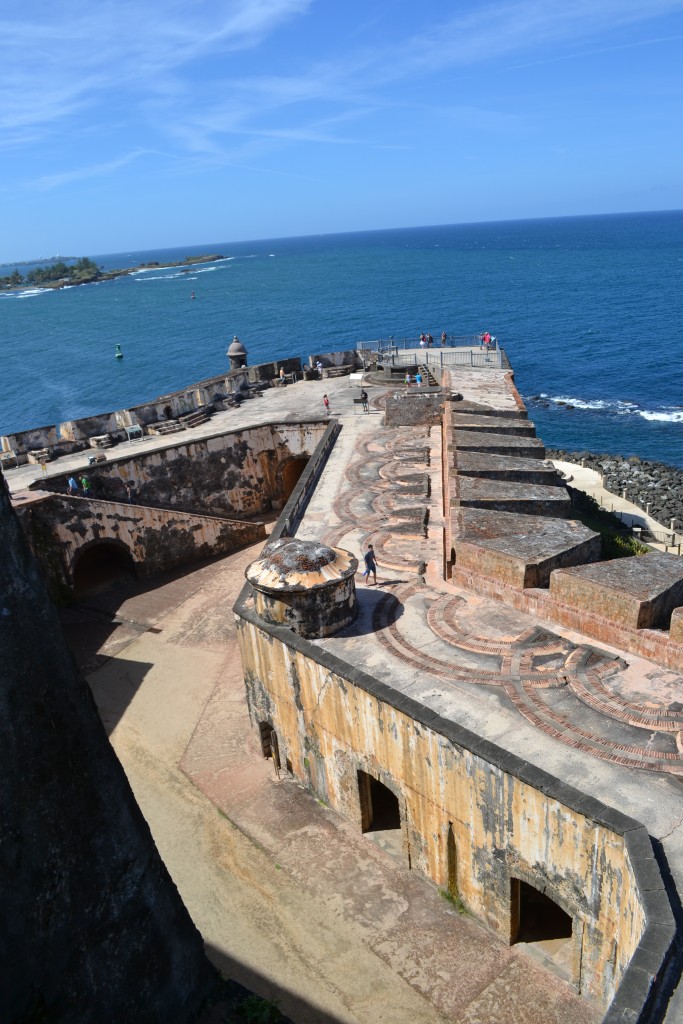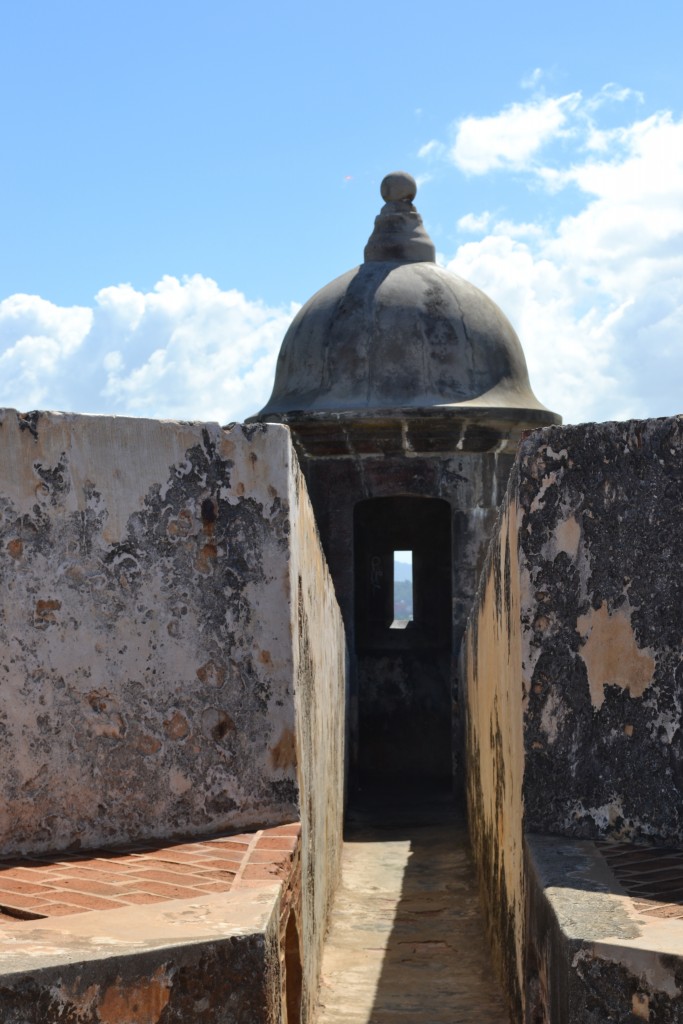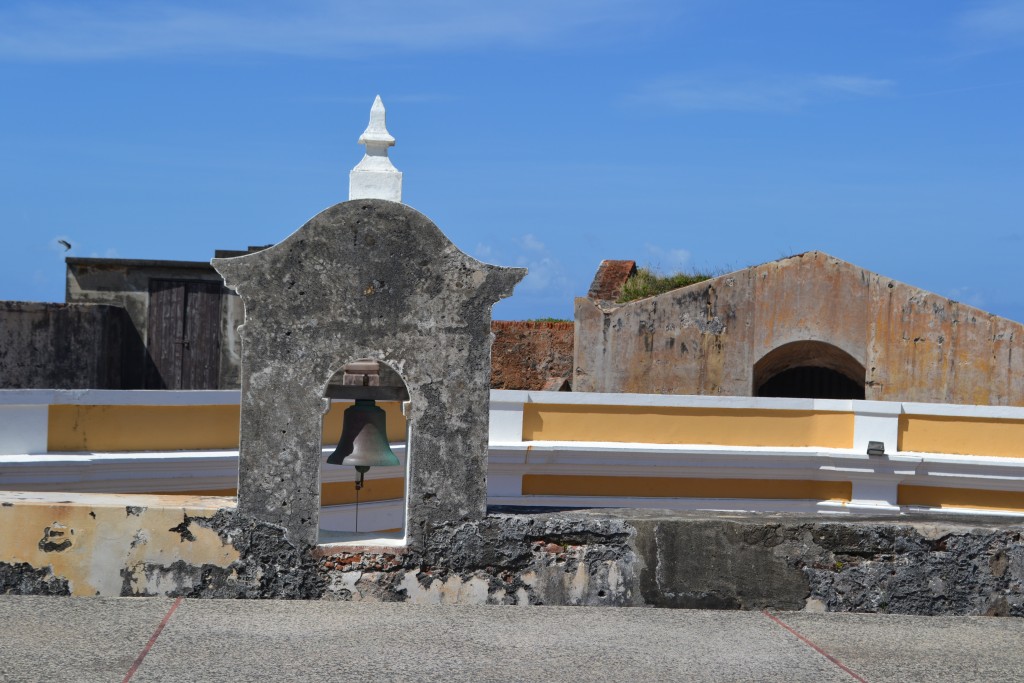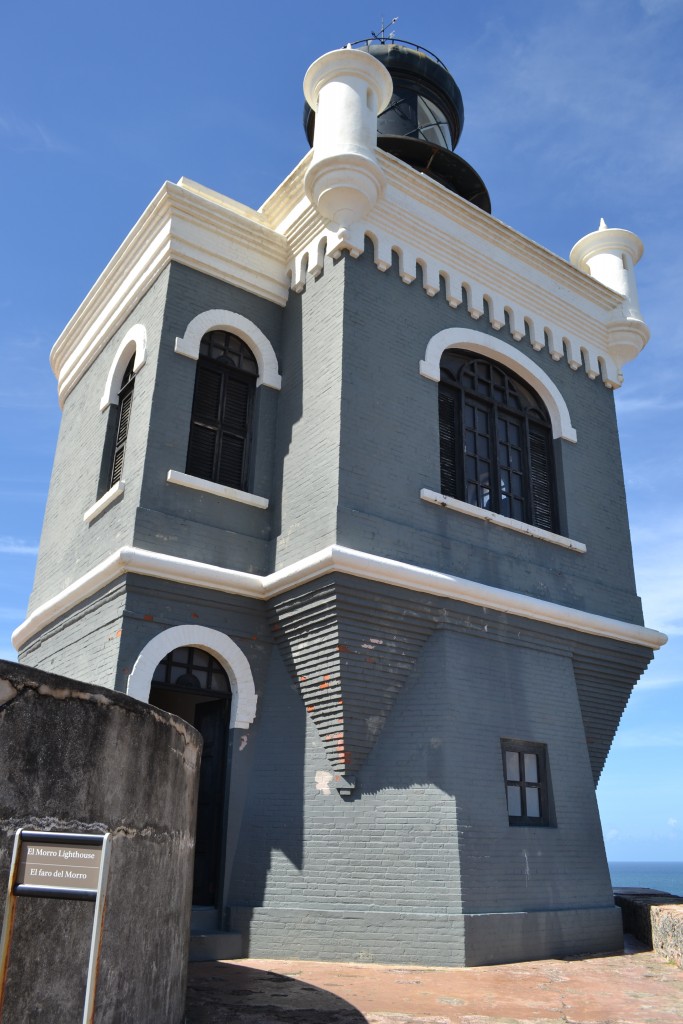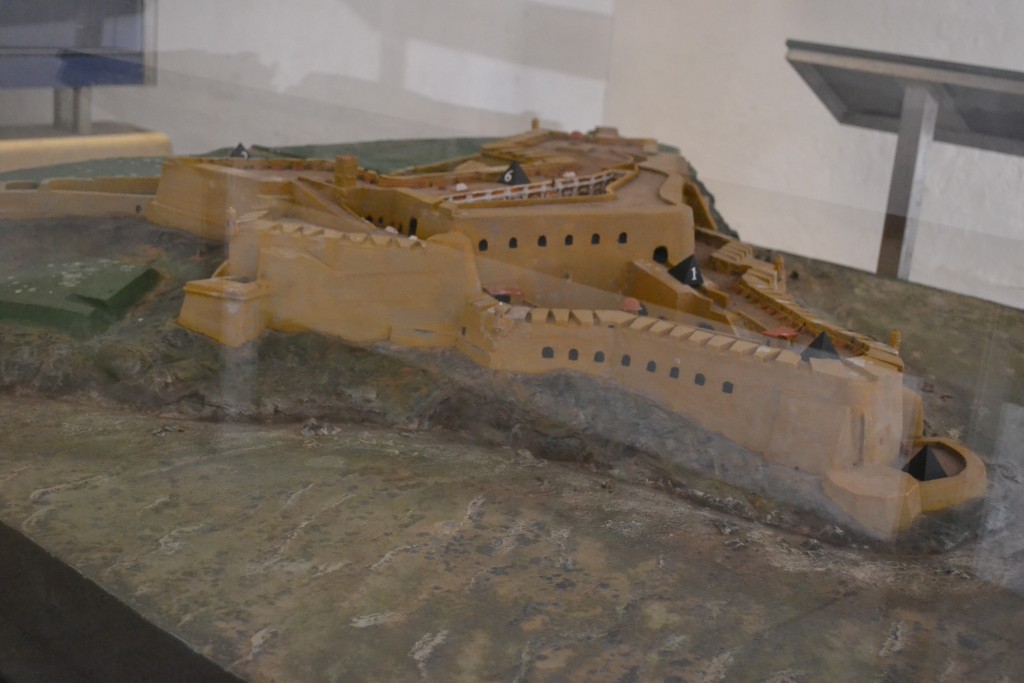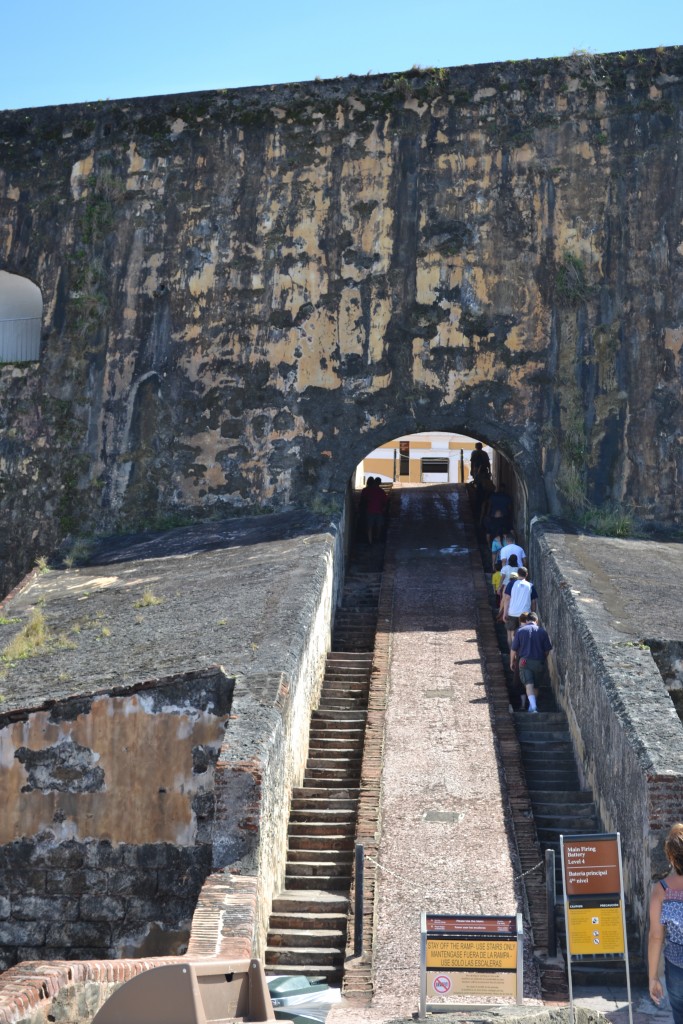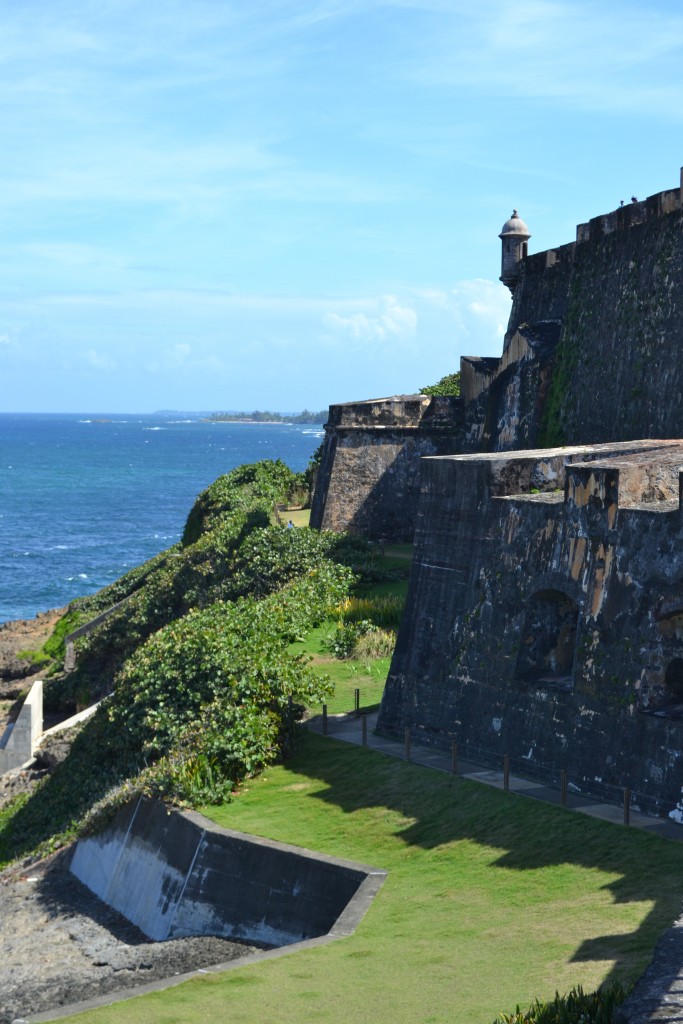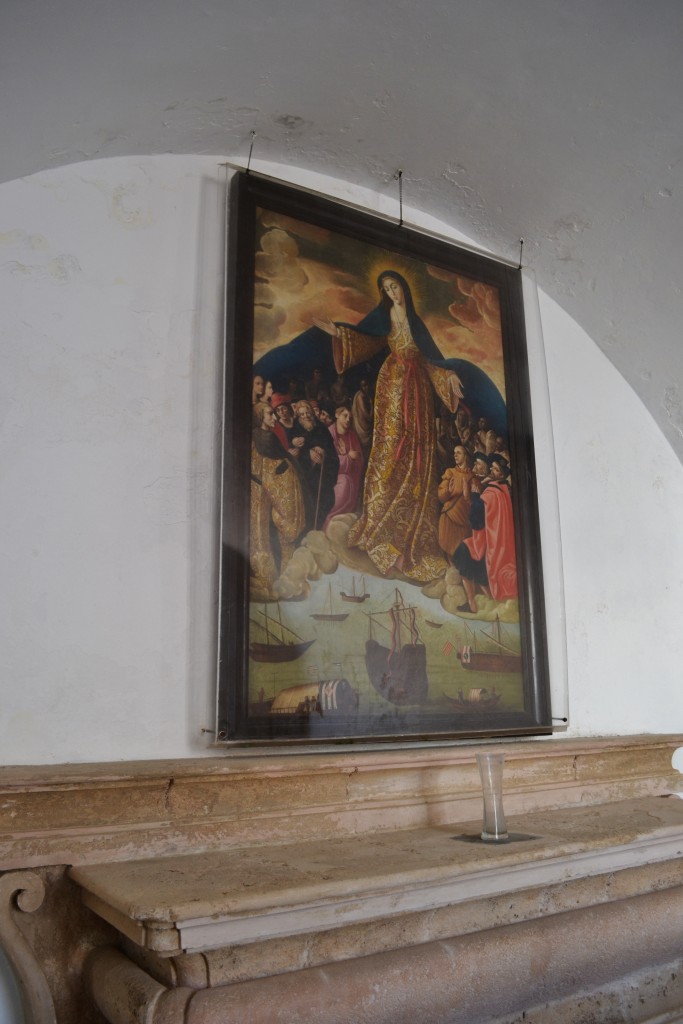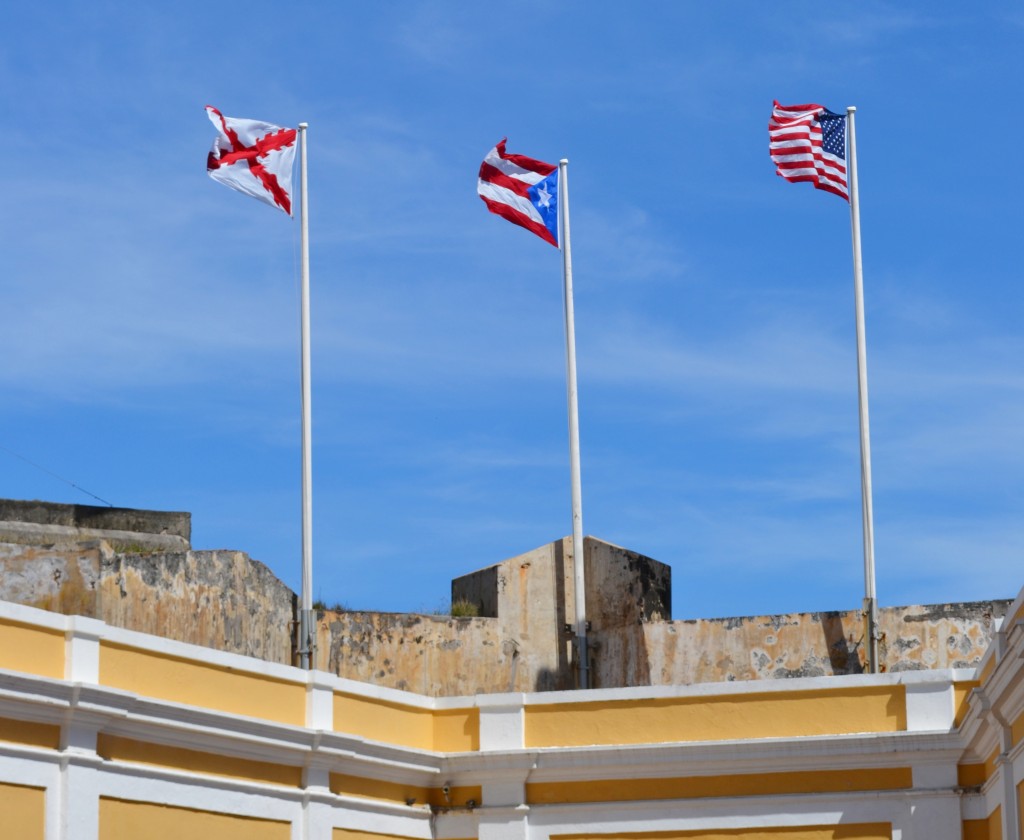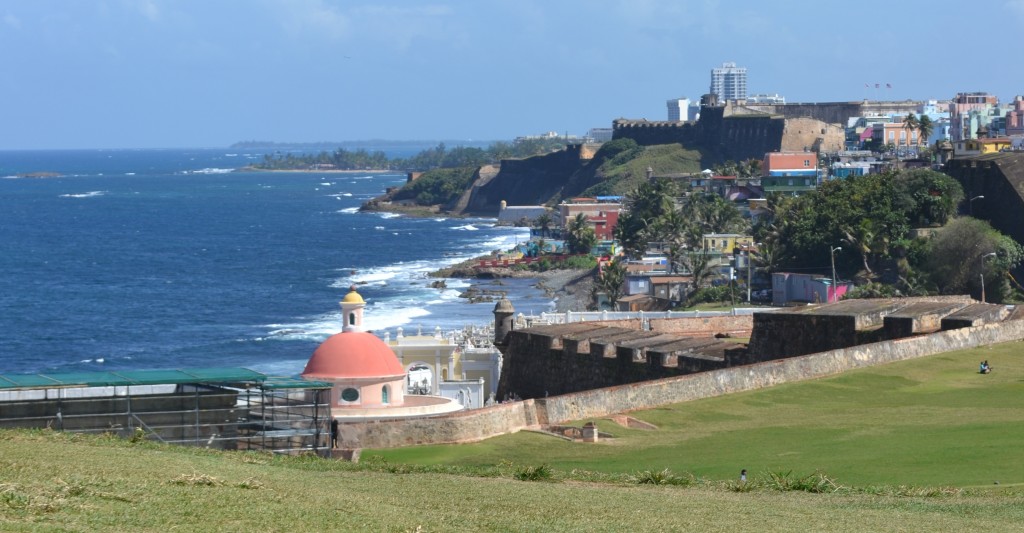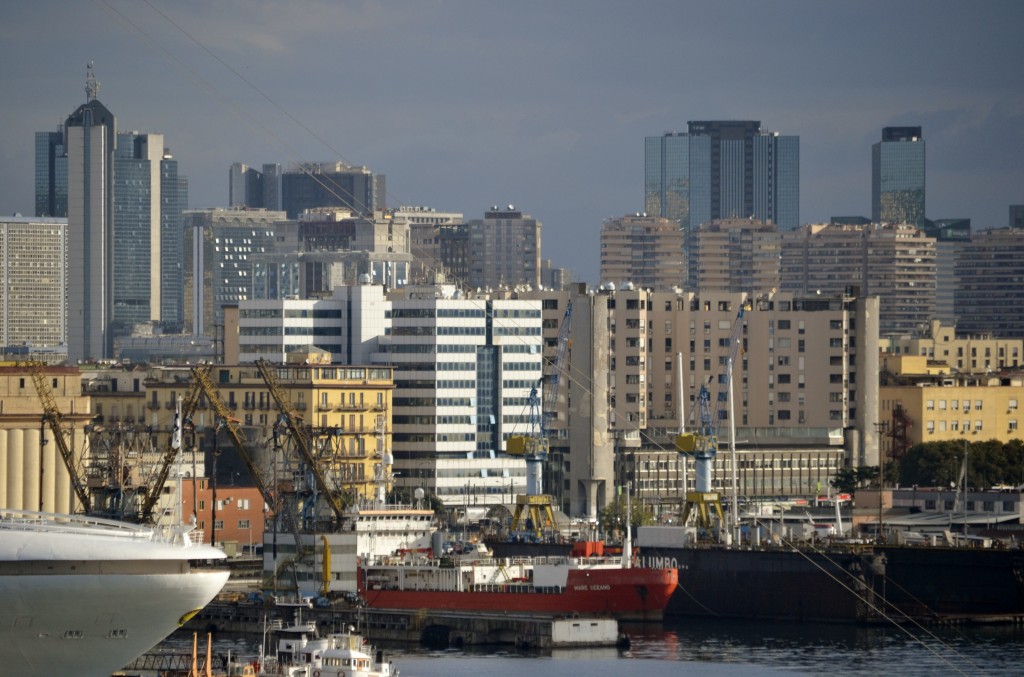
Arriving into the port of Naples, I quickly noticed a clear distinction between the ancient city and its modern metropolis. Commercial vessels, cruise ships and fishing boats lined up along the pier as passengers and merchandise came ashore. Several ships transported tourists to the local islands while buses waited at the entrance of the port for day trippers to explore the Amalfi Coast and Pompeii.
The cruise ship, Pullmantur Sovereign, offered several interesting excursions for the day and it was difficult to decide between the Amalfi Coast drive or a day in Capri. I was also interested in Pompeii but in the end, I chose the coastal drive to explore Amalfi, Sorrento and a drive through Positano.
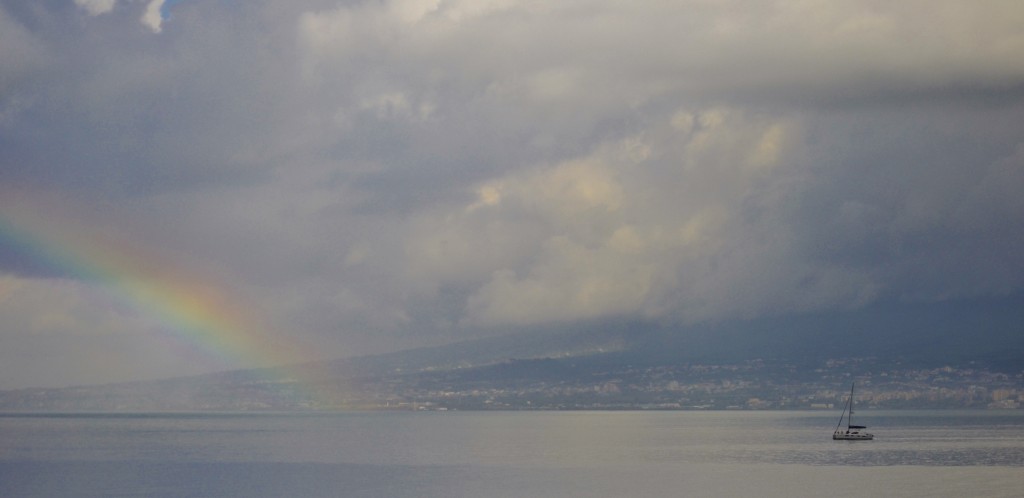
The Amalfi Coast was once a luxury getaway for the Caesars of Rome with its aquamarine seas and picturesque cliffs. The dramatic coastline extends about 67 miles with hairpin turns and dangerous switchbacks while precipitous cliffs vertically plunge into the sea. Charming hillside towns miraculously appear along the route with their colorful, picturesque exteriors.
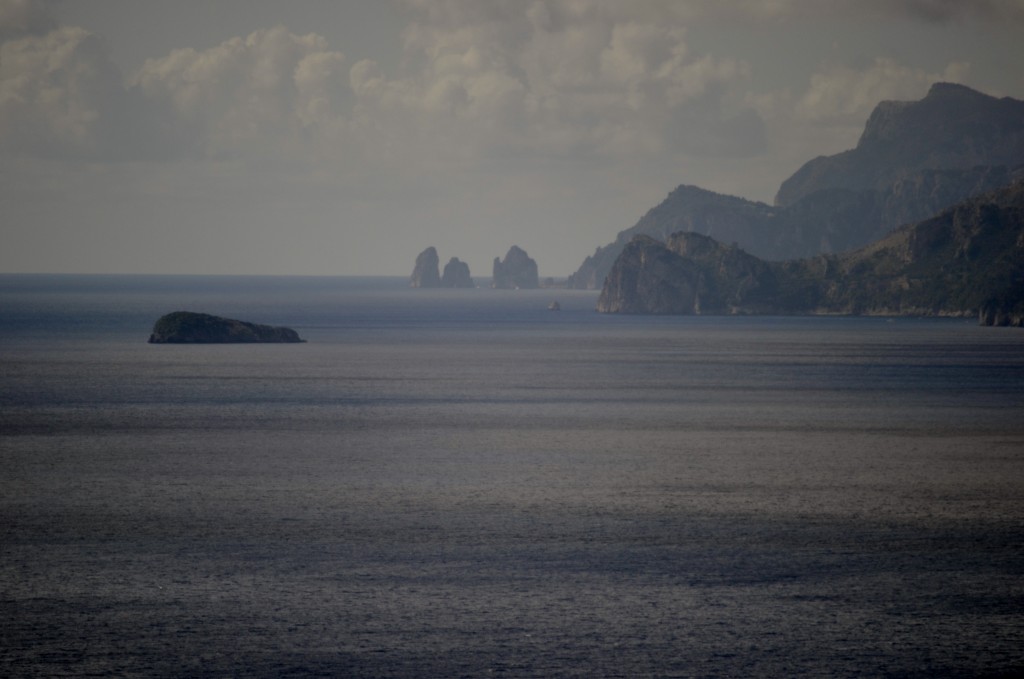
We were about 45 minutes from our first stop and in the distance I could see the islands of Procida, Capri and Ischia. The morning haze had lifted and glimpses of the spectacular vistas began to appear.
Looking out the window of the bus, I found myself lost in the stunning villages with their picturesque harbors, high cliffs and coves. I imagined renting a sailboat and leisurely coasting along the shoreline in pursuit of an outdoor restaurant or a private beach for an afternoon of rest and relaxation.
I could hardly contain my excitement as the bus passed road signs directing us towards the charming town of Sorrento, known for its production of limoncello.
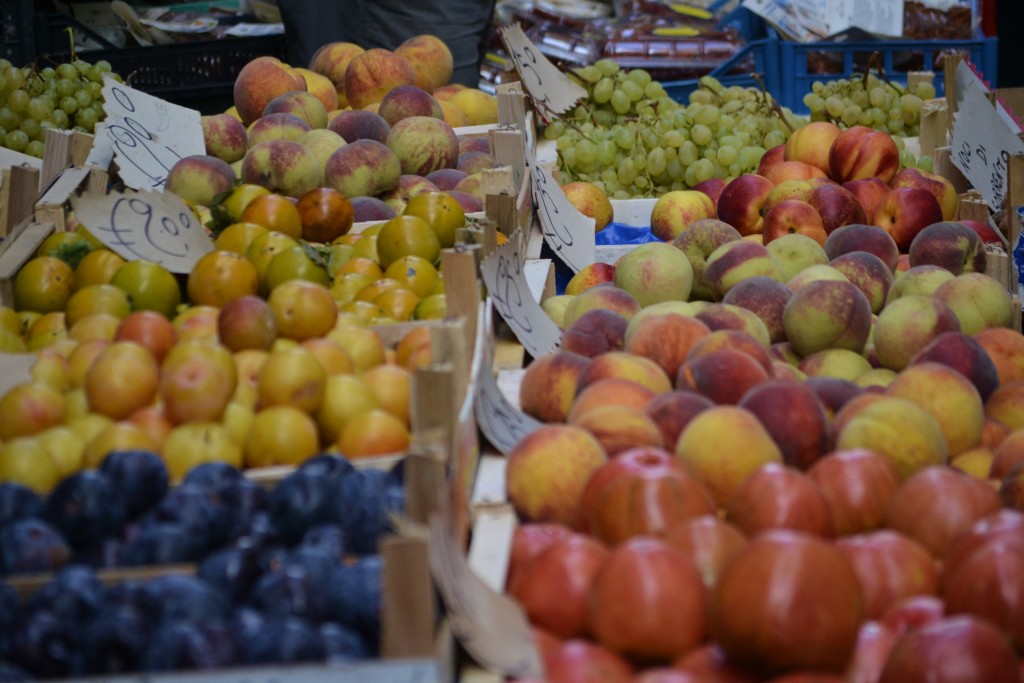
Once we arrived, we began our walk towards the center of town. Narrow alleyways branched off from the plaza filled with outdoor restaurants and souvenir shops. Fruit stands overflowing with colorful produce and limoncello were popular stops along the thoroughfare. Limoncello, a lemon liquor made from local Femminello St. Teresa lemons, was handed out in plastic cups for tourists to sample before buying.
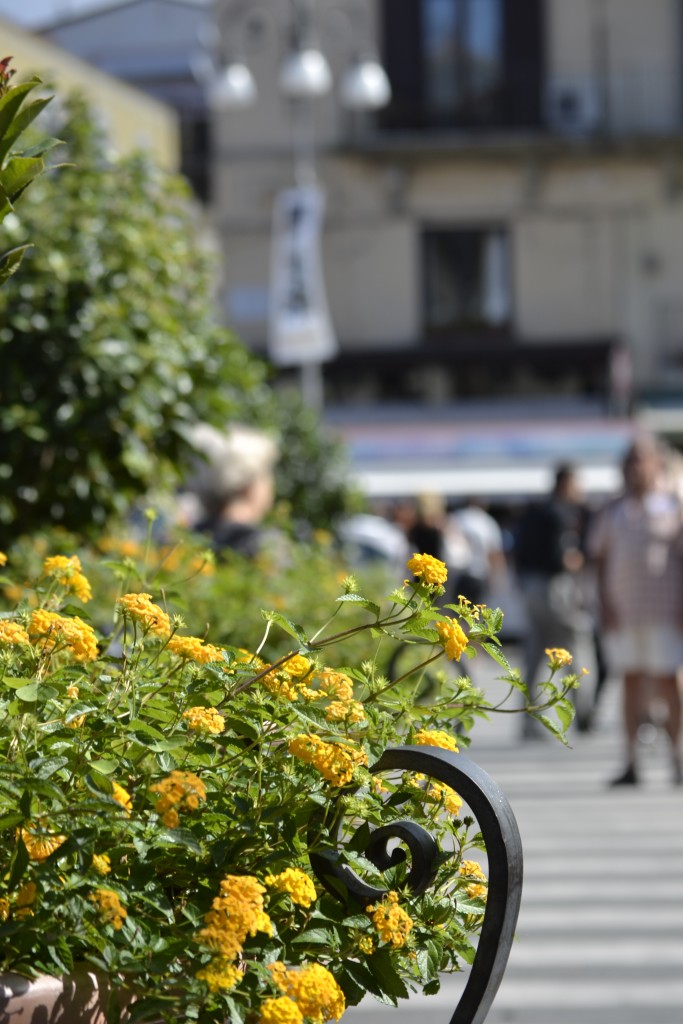
Overlooking the Bay of Naples, Sorrento’s warm, year-around climate and dramatic views make it a popular vacation spot. Piazza Tasso (Tasso Square) is surrounded by bright pastel buildings and ceramic displays hanging from its exterior walls. A statue of St. Anthony, the patron saint of the town, stands guard within the square. Buses make a quick stop to pick up passengers visiting Marina Piccola or Via Capo. The plaza, vibrant with tourists and locals, is the heart of this coastal town.
I bought a few bottles of limoncello to take back home as gifts and browsed the ceramic pieces which were absolutely stunning. Our next stop brought us to the town of Amalfi, once an important trading port along the Mediterranean.
The winding road of Strada Statale 163 (SS 163) is the connection between Amalfi and Sorrento. Built during the Roman Empire, the roadway is exceptionally narrow with views of the Tyrrhenian Sea. The passage is carved among the cliffs with tunnels that frame the breathtaking views. Before reaching Amalfi, the road passes through Positano, a picturesque village on a hill, which is the coast’s most photogenic town.
Before we entered the tunnel that led to Amalfi, a traffic jam brought our bus to a complete stop. Our tour guide offered us the chance to take the walkway down to the harbor or we could stay on the bus until the traffic subsided. Unanimously, our group was happy to exit the bus to stretch our legs and start the hike towards the shore.
Amalfi was once a maritime superpower in the 10th and 11th centuries with its multiple trade routes rivaling those of Genoa, Pisa and Venice. Once a population of more than 70,000, the laid-back, humble Amalfi of today is home to about 5,000 residents who depend on tourism to survive. With one main street connecting the waterfront to the valley, visitors can easily walk from one end to the other in about 20 minutes.
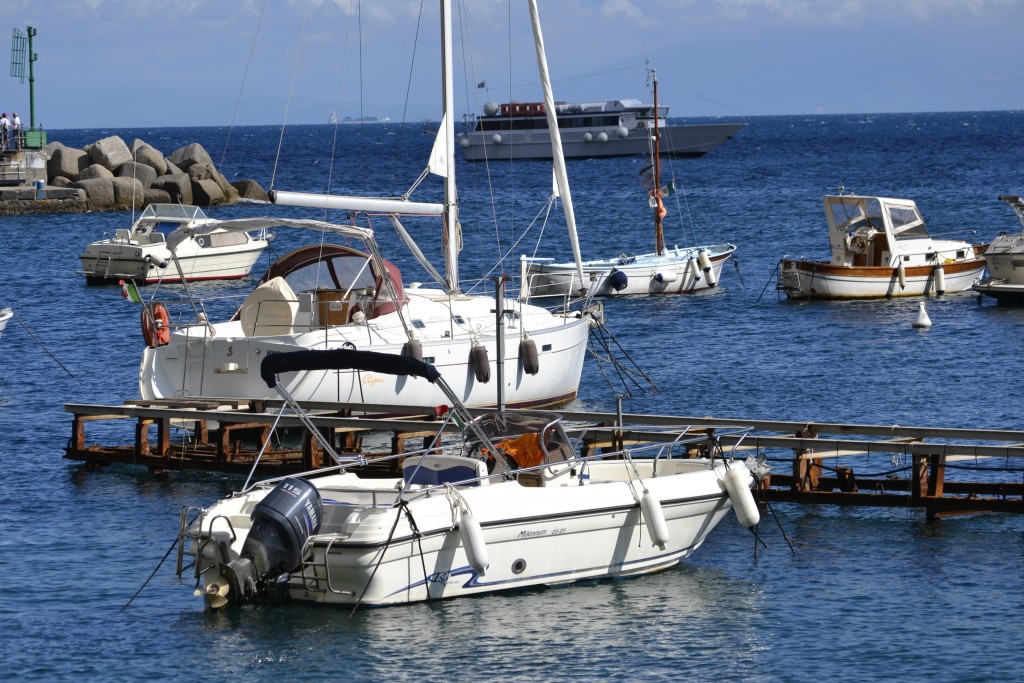
We reached the tranquil cove where sailboats were anchored and motorboats docked. I was mesmerized by the sun’s rays and the images reflecting off of the sea. Peaceful and calm, I could have stood in this spot for the remainder of the day. 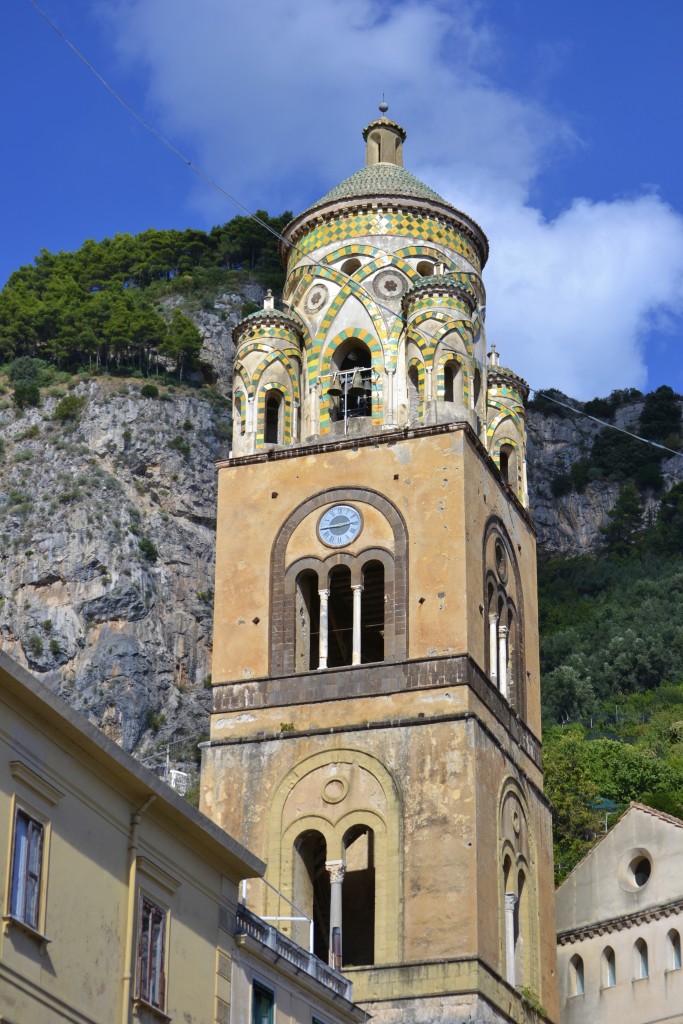
From the harbor, we crossed the street entering the Piazza del Duomo. My eyes were immediately drawn to the Cattedrale di Sant’Andrea (Duomodi Amalfi). The basilica, built between 1000 to 1300 AD, is dedicated to the apostle Andrew, the brother of St. Peter. It is believed that the remains of St. Andrew were brought to Amalfi during the Crusades and is buried in the Crypt within the cathedral.
The Boutique Coralli e Cammei is known for its ceramic merchandise and dates back to 1885. On my way out, I enjoyed shopping among the tiles, dishes, flower pots and artwork.
It was time for us to meet at the mossy fountain before boarding the bus. Across the street I caught one last glimpse of the harbor and looked forward to the scenic ride back to the ship.
I imagine Capri is absolutely fabulous and that the Pompeii ruins are incredible, but I could not have picked a better day to have explored the Amalfi Coast.
Have you had the opportunity to visit the Amalfi Coast? Which towns were your favorite? I would love to hear about your visit to southern Italy if you will kindly leave a message in the comments section below. Many thanks for reading about my day exploring the Amalfi Coast and wishing you many Happy Travels!
What to See and What to Do:
Limonoro
Via San Cesareo 49/53
80067 Sorrento Italy
Telephone: +39 081 878 5348
The go-to shop for purchasing limoncello! Yum!
Amalfi Cathedral (Duomo di Sant’Andrea)
Via Duca Mansone I
84011 Amalfi, SA, Italy
Telephone: +39 089 873558
- Admission Fee: 3 Euros to visit the church and the museum
- Hours: 10AM to 5PM
- Scenic View: A lovely view of the piazza from the stairs leading into the basilica.
- Amount of Time to Visit: 30 minutes to an hour
- Tips for Your Visit: The Cloister of Paradise leads into the museum of the Basilica of the Crucifix and the relics of St. Andrew, the Apostle of Christ.
Where to Stay:
Plaza Sorrento – in Sorrento
Via Fuorimura, 3
80067 Sorrento (Napoli) Italy
Telephone: +39 081 8073942
Hotel Aurora – in Amalfi
Piazzale dei Protontini, 7
84011, Amalfi, Italy
Telephone: +39 089 871209
Il San Pietro di Positano – in Positano
Via Laurito, 2
84017 Positano, Italy
Telephone: +39 089 812 080
Where to Eat:
Terrazza Bosquet at Grand Hotel Excelsior Vittoria – in Sorrento
Piazza Tasso, 34
80067, Sorrento, Italy
Telephone: +39 081 877 71 11
It became a joke between my boyfriend, David and I that I had never visited a Michelin star restaurant for dinner, so for a lovely surprise during our stay in Sorrento, David took me to Terrazza Bosquet.
For a starter, we ordered the Saffron Marinated Sea Bass with Smoked Provolone cheese and black truffle and for dinner I ordered the Spaghetti with Tomatoes and Basil, while I encouraged David to order the Tasting Menu (105 Euros) for various options to sample. For wine, we ordered the Malbec Riserva, 2012 Domaine Bousquet. What an incredible experience!
Ristorante Eolo – in Amalfi
Via Pantaleone Comite, 3
84011 Amalfi SA, Italy
Telephone: +39 089 871241
Da Adolfo – in Positano
Via Laurito 40,
Positano, italy
Telephone: +39 089 875 022
To reach this amazing, historical restaurant, you have to take a five minute boat ride from the port of Positano. The menu is limited, but we LOVED the mussels and Adolfo’s chicken….and of course, the local wine!
What to Eat:
- Delizia al limone: A signature dish of the Amalfi Coast, this decadent dessert is made from lemons, limoncello, eggs, sugar and flour.
- Goat cheese from Monti Lattari: One of the most exclusive cheeses from this area and is found in most local restaurants.
- Limoncello: This after dinner drink is prepared using local lemons.
- Mozzarella cheese: Produced from both cow milk and buffalo milk, this mild cheese is best eaten plain at room temperature.
- Pasta: The region of Campania is known for making its own extraordinary pasta.
- Provolone del Monaco: Another cheese from this region, this semi-hard cheese can be eaten raw
- Scialatielli ai frutti de mare: Translated as traditional pasta with seafood, this dish was made famous by local chef Enrico Cosentino in the 1960s.
- Spaghetti alla Nerano: Spaghetti noodles cooked with zucchini, provolone and topped with basil. Nerano is the name of the city where this dish was created.
- Wines from Tramonti, Ravello and Furore
What to Read:
- My Amalfi Coast: Travel Edition by Amanda Tabberer
- Gelato Sisterhood on the Amalfi Shore by Chantal Kelly
- The House in Amalfi by Elizabeth Adler
- Amalfi Blue: Lost & Found in the South of Italy by Lisa Fantino
Photo Guide for the Amalfi Coast:
- Spaggia Grande in Positano: Classic photo against the backdrop of colorful cliffside houses…stunning photography.
- The Staircase at the Duomo in Amalfi: Pose on the steps for an iconic photo.
- Villa Cimbrone in Ravello: The Terrace of Infinity provides views of endless blue with Roman statue in the background.
- The Streets of Vietri sul Mare: Capture the charm of this colorful waterfront village.
- The Fjords in Furore: Pose against the beautiful scenery of the cove and the amazing bridge in the background.
- The Beach in Atrani: Pink buildings provide the perfect contrast with the blue umbrellas on the beach.
- Colorful Coastal Fruit: Stop along the charming seaside towns and their fruit stands for colorful photos.
A Fountain in Amalfi
